Home>Garden Essentials>When To Plant Ground Cover In Texas
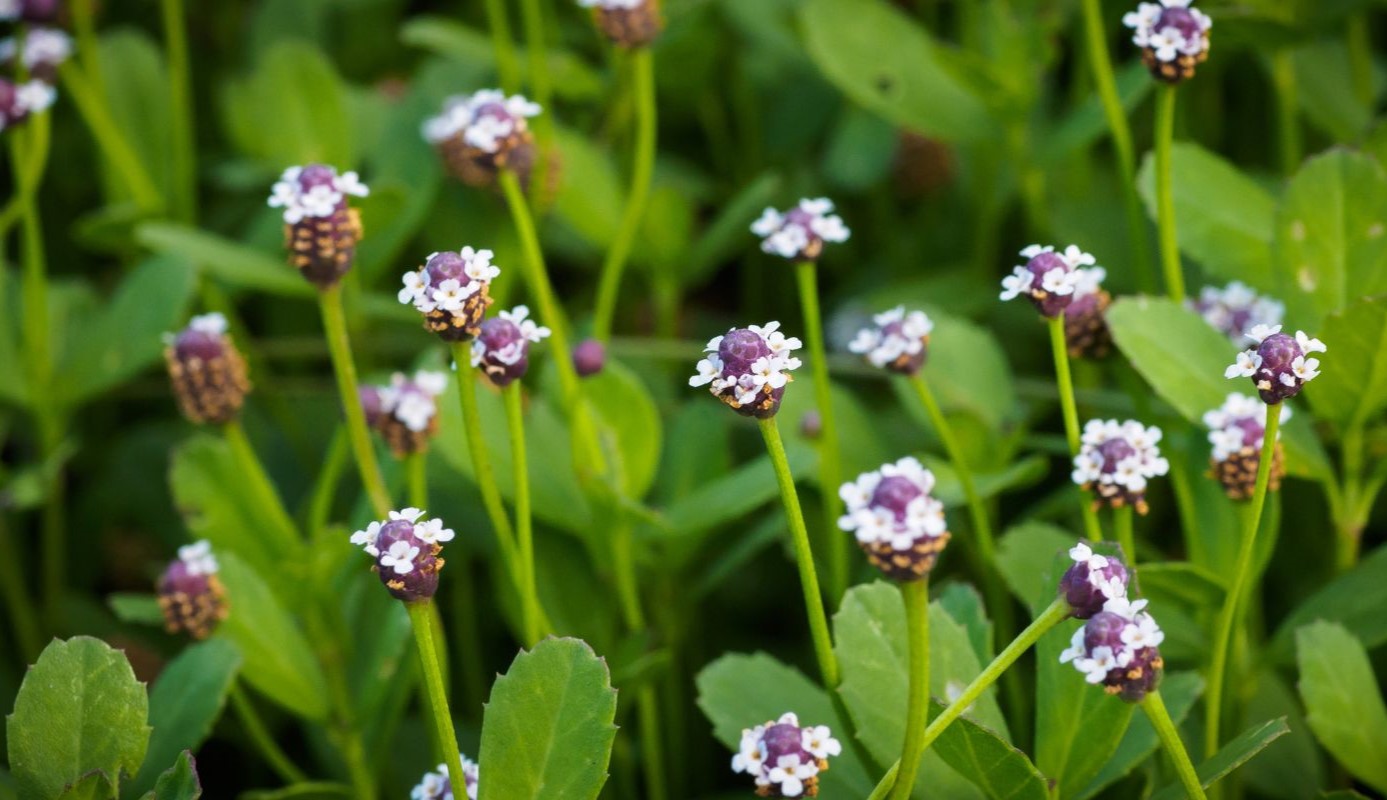

Garden Essentials
When To Plant Ground Cover In Texas
Modified: March 27, 2024
Looking to create a beautiful garden in Texas? Discover the best time to plant ground cover and transform your outdoor space into a lush paradise.
(Many of the links in this article redirect to a specific reviewed product. Your purchase of these products through affiliate links helps to generate commission for Storables.com, at no extra cost. Learn more)
Introduction:
Welcome to the world of gardening in the great state of Texas! With its diverse climate and rich soil, Texas offers a plethora of opportunities for garden enthusiasts. If you’re looking to add some beauty and functionality to your outdoor space, consider planting ground cover. Ground cover not only enhances the aesthetics of your garden but also helps to reduce erosion, control weeds, and conserve water. However, before jumping right into planting, it’s vital to understand the factors to consider and the best time to plant ground cover in Texas.
When it comes to gardening in Texas, one of the most crucial factors to consider is the state’s climate. Texas is known for its wide temperature ranges, varying from hot summers to mild winters. Different parts of Texas experience different climatic conditions, ranging from the humid coastal region to the arid desert region. These climatic variations play a significant role in determining the type of ground cover that thrives best in specific areas.
Another factor to consider is the soil type in your garden. Texas soils are diverse, ranging from sandy to clayey and everything in between. Understanding the soil composition of your garden will help you choose the appropriate ground cover that can adapt and flourish in your specific soil conditions.
Besides the climate and soil type, it’s essential to take into account the amount of sunlight and shade your garden receives. Some ground cover options thrive in full sun, while others prefer shaded areas. Assessing the sunlight patterns in your garden will help you make informed decisions when selecting the right ground cover.
Now that we’ve highlighted the key factors to consider, let’s move on to the best time to plant ground cover in Texas. While Texas has a generally long growing season, it’s crucial to choose the right time to plant ground cover to ensure successful establishment and growth.
Key Takeaways:
- Choose the right ground cover for your Texas garden by considering climate, soil, and sunlight. Plant in spring or fall for best results, and provide proper care for thriving, beautiful plants.
- Ground cover in Texas offers beauty, erosion control, and water conservation. Select low-maintenance options like Creeping Jenny and Trailing Rosemary, and enjoy a vibrant, sustainable garden.
Read more: When To Plant Ground Cover Plants
Factors to Consider when Planting Ground Cover in Texas:
When it comes to planting ground cover in Texas, there are several factors you should take into consideration to ensure the success of your garden. Let’s explore these factors in more detail:
- Climate: Texas has a diverse climate, with different regions experiencing varying temperatures and precipitation levels. It’s important to choose ground cover that is well-suited to your specific climate. Consider factors such as heat tolerance, drought resistance, and cold hardiness when selecting the right ground cover for your garden.
- Soil Type: The soil composition in Texas can vary greatly, from sandy soils to dense clay. It’s important to understand the soil type in your garden as different ground cover plants have varying soil requirements. Some ground cover plants prefer well-drained soils, while others thrive in heavier soils. Test your soil’s pH and fertility to ensure it is suitable for the ground cover plants you choose.
- Sunlight Exposure: The amount of sunlight your garden receives is a crucial factor in determining the success of your ground cover. Some ground cover plants require full sun to thrive, while others prefer partial or full shade. Assess the sunlight patterns in your garden and choose ground cover plants that are well-suited to the available light conditions.
- Watering Needs: Texas is known for its periods of drought, so it’s important to select ground cover plants that have moderate to low water requirements. Choose plants that are drought-tolerant and can withstand periods of limited rainfall. Additionally, consider the efficiency of your irrigation system to ensure your ground cover plants receive adequate water without excessive runoff.
- Space and Growth Habit: Consider the available space in your garden and the growth habit of the ground cover plants you choose. Some ground cover plants spread rapidly and may require regular maintenance to prevent them from taking over other plants or areas of your garden. On the other hand, some ground cover plants have a clumping or mound-forming habit, which may be more suitable for smaller garden spaces.
- Maintenance Requirements: Different ground cover plants have varying maintenance needs. Some may require regular pruning, fertilizing, or mulching to keep them healthy and thriving. Consider the amount of time and effort you are willing to invest in maintaining your ground cover and choose plants that align with your maintenance preferences.
By carefully considering these factors, you can select the most suitable ground cover plants for your Texas garden. It’s important to choose plants that are well-adapted to the local climate, soil conditions, and sunlight exposure to ensure their success and longevity in your garden.
Best Time to Plant Ground Cover in Texas:
Timing is critical when it comes to planting ground cover in Texas. To maximize the success of your ground cover plants, it’s important to choose the appropriate season for planting. While Texas generally has a longer growing season compared to other regions, there are still optimal times to ensure successful establishment and growth. Let’s explore the best time to plant ground cover in Texas:
Spring: Spring is an ideal time to plant ground cover in Texas, especially in the northern and central parts of the state. As the temperatures warm up, the soil becomes more conducive to plant growth, and there is usually a good balance of moisture in the ground. This allows ground cover plants to establish strong root systems before the heat of summer sets in. Aim to plant in early to mid-spring, once the threat of frost has passed.
Fall: Fall is another opportune time to plant ground cover in Texas, particularly in the southern parts of the state. With milder temperatures and more consistent rainfall, fall provides optimal conditions for root establishment. Planting in the early fall allows the ground cover plants to settle in and establish a strong foundation before winter arrives. Avoid planting too late in the fall, as the plants may not have enough time to establish roots before the colder winter months.
Winter: Some ground cover plants can also be planted during the winter months in parts of Texas where frost is less frequent or severe. Check with local nurseries or gardening experts to identify specific winter-friendly ground cover options for your region. Planting in the winter allows the plants to become established before the arrival of spring, giving them a head start for the upcoming growing season.
It’s important to note that the best time to plant ground cover can vary depending on the specific region within Texas and the type of ground cover plants you choose. Factors such as local climate, soil conditions, and the growth habit of the plants should be taken into account when determining the optimal planting time.
Regardless of the season you choose, proper preparation is key to successful planting. Ensure the soil is well-prepared by removing any weeds or debris, loosening the soil to improve drainage, and incorporating organic matter or compost to enhance its fertility. Providing adequate water and monitoring the plants’ progress during the establishment period is also crucial.
By selecting the right time to plant ground cover and implementing proper planting techniques, you can ensure the health and vigor of your ground cover plants, allowing them to flourish and beautify your Texas garden.
In Texas, the best time to plant ground cover is in the spring or fall when the weather is cooler and there is more moisture in the soil. This will give the plants a better chance to establish themselves before the heat of summer.
Types of Ground Cover Suitable for Texas:
When it comes to selecting ground cover for your Texas garden, there are several options that are well-suited to the climate, soil conditions, and sunlight exposure in the state. Let’s explore some of the top choices for ground cover in Texas:
- Creeping Jenny (Lysimachia nummularia): This low-growing ground cover features vibrant yellow flowers and lush, trailing foliage. Creeping Jenny thrives in moist, well-drained soil and partial shade, making it an excellent choice for areas with high humidity. It can tolerate periods of drought but will benefit from regular watering.
- Lantana (Lantana spp.): Lantana is a versatile ground cover that offers beautiful clusters of colorful flowers in hues of red, orange, yellow, and purple. It thrives in full sun and is drought-tolerant once established. Lantana attracts pollinators and is a great choice for adding pops of vibrant color to your garden.
- Trailing Rosemary (Rosmarinus officinalis ‘Prostratus’): This aromatic evergreen ground cover features trailing stems with fragrant foliage and delicate blue flowers. Trailing Rosemary requires well-drained soil and full sun. It is drought-tolerant and is a great choice for adding beauty and fragrance to your garden.
- Dwarf Mondo Grass (Ophiopogon japonicus ‘Nanus’): This grass-like ground cover forms a dense carpet of dark green foliage. It thrives in partial shade to full shade and is well-suited for creating borders or filling in spaces between larger plants. Dwarf Mondo Grass is heat and drought-tolerant, making it an excellent choice for Texas gardens.
- Texas Bluebonnet (Lupinus texensis): This iconic Texas wildflower is not only beautiful but also serves as an excellent ground cover option. Texas Bluebonnet produces stunning blue flowers and thrives in well-drained soil and full sun. It is a drought-tolerant plant that adds a touch of natural beauty to any Texas garden.





These are just a few examples of the many ground cover options suitable for Texas. Other options to consider include Asiatic Jasmine, Mexican Feather Grass, Silver Ponyfoot, and Purple Wintercreeper. Remember to choose ground cover plants that are well-adapted to your specific region within Texas and the conditions of your garden.
When planting ground cover, make sure to provide proper spacing between plants to allow them to spread and fill in the desired areas. Regular watering during the establishment period and occasional maintenance, such as pruning or fertilizing, will help keep your ground cover looking its best.
By choosing the right ground cover plants for your Texas garden, you can create a beautiful and functional landscape that thrives in the diverse climate of the Lone Star State.
Tips for Planting and Caring for Ground Cover in Texas:
Planting and caring for ground cover in Texas requires some special attention to ensure their successful growth and longevity. Here are some tips to help you get started:
- Choose the Right Ground Cover: Select ground cover plants that are well-adapted to the specific climate, soil type, and sunlight exposure in your Texas garden. Consider factors such as heat tolerance, water requirements, and growth habit to ensure a successful match.
- Prepare the Soil: Before planting, prepare the soil by removing weeds, rocks, and debris. Loosen the soil to improve drainage and incorporate organic matter, such as compost, to enhance fertility. Testing the soil’s pH and nutrient levels can also help determine if any amendments are needed.
- Provide Adequate Water: Water newly planted ground cover regularly to ensure proper establishment. Once established, adjust watering based on the specific water needs of the ground cover plants and local weather conditions. Be mindful of drought periods and supplement with additional watering as needed.
- Mulch and Weed: Apply a layer of organic mulch around the base of the ground cover plants to help conserve moisture, prevent weed growth, and regulate soil temperature. Regularly remove weeds that may compete with the ground cover for nutrients and space.
- Prune and Trim: Some ground cover plants may benefit from occasional pruning or trimming to maintain their shape and prevent overgrowth. Prune back any dead or damaged foliage and trim to control spreading or to shape the ground cover as desired. Follow specific pruning guidelines for each ground cover plant.
- Fertilize as Needed: Depending on the nutrient requirements of the ground cover plants, fertilize as needed. Use a balanced slow-release fertilizer or organic alternatives, following the manufacturer’s instructions. Avoid over-fertilizing, as it can lead to excessive growth or damage to the plants.
- Monitor and Maintain: Regularly inspect your ground cover plants for signs of pests, diseases, or nutrient deficiencies. Take prompt action if any issues arise, such as using organic pest control methods or adjusting fertilizer application. Regular maintenance, including removing spent flowers or damaged foliage, will help keep your ground cover looking healthy and attractive.
- Protect from Extreme Weather: Texas can experience extreme weather conditions, such as heatwaves or freezes. Provide protection to your ground cover plants during such times, such as using shade cloth or covering them with frost blankets, to prevent stress or damage.
Remember, each ground cover plant may have specific care requirements, so it’s important to read and follow the recommended guidelines for the particular plants you choose.
By following these tips and providing proper care, your ground cover plants will thrive and provide the desired benefits of erosion control, weed suppression, and enhanced beauty in your Texas garden.
Read more: When To Plant Pachysandra Ground Cover
Conclusion:
Planting ground cover in your Texas garden can be a fantastic way to enhance the beauty and functionality of your outdoor space. By considering factors such as climate, soil type, sunlight exposure, and water requirements, you can select ground cover plants that are well-suited to the unique conditions in Texas. Whether you choose vibrant flowers, lush foliage, or low-maintenance options, there is a wide variety of ground cover plants available to suit your preferences and needs.
Timing is crucial when it comes to planting ground cover in Texas. Spring and fall are generally the best seasons, as they provide optimal temperatures and moisture levels for establishment. However, in some regions where frost is less frequent, winter can also be an appropriate time for planting certain ground cover species. Regardless of the season, proper soil preparation, adequate watering, and regular maintenance are essential to ensure the health and vigor of your ground cover plants.
When selecting ground cover for your Texas garden, take into account the specific requirements of each plant, including spacing, pruning, and fertilizing needs. By providing the appropriate care, you can ensure the longevity and beauty of your ground cover. Regular monitoring for pests, diseases, and nutrient deficiencies will help keep your ground cover looking its best.
Ground cover plants not only enhance the aesthetics of your garden but also offer several benefits, such as erosion control, weed suppression, and water conservation. They also attract pollinators and provide habitat for beneficial insects, contributing to a thriving and sustainable garden ecosystem.
From the vibrant Creeping Jenny to the aromatic Trailing Rosemary, there is a wide range of ground cover options suitable for Texas. Remember to choose plants that are well-adapted to your specific region, climate, and garden conditions. With proper care and attention, your ground cover plants will flourish, creating a lush and inviting landscape.
So, go ahead and add some ground cover to your Texas garden. Embrace the beauty and functionality that these plants bring, and enjoy the benefits of a thriving and resilient outdoor space for years to come.
Frequently Asked Questions about When To Plant Ground Cover In Texas
Was this page helpful?
At Storables.com, we guarantee accurate and reliable information. Our content, validated by Expert Board Contributors, is crafted following stringent Editorial Policies. We're committed to providing you with well-researched, expert-backed insights for all your informational needs.
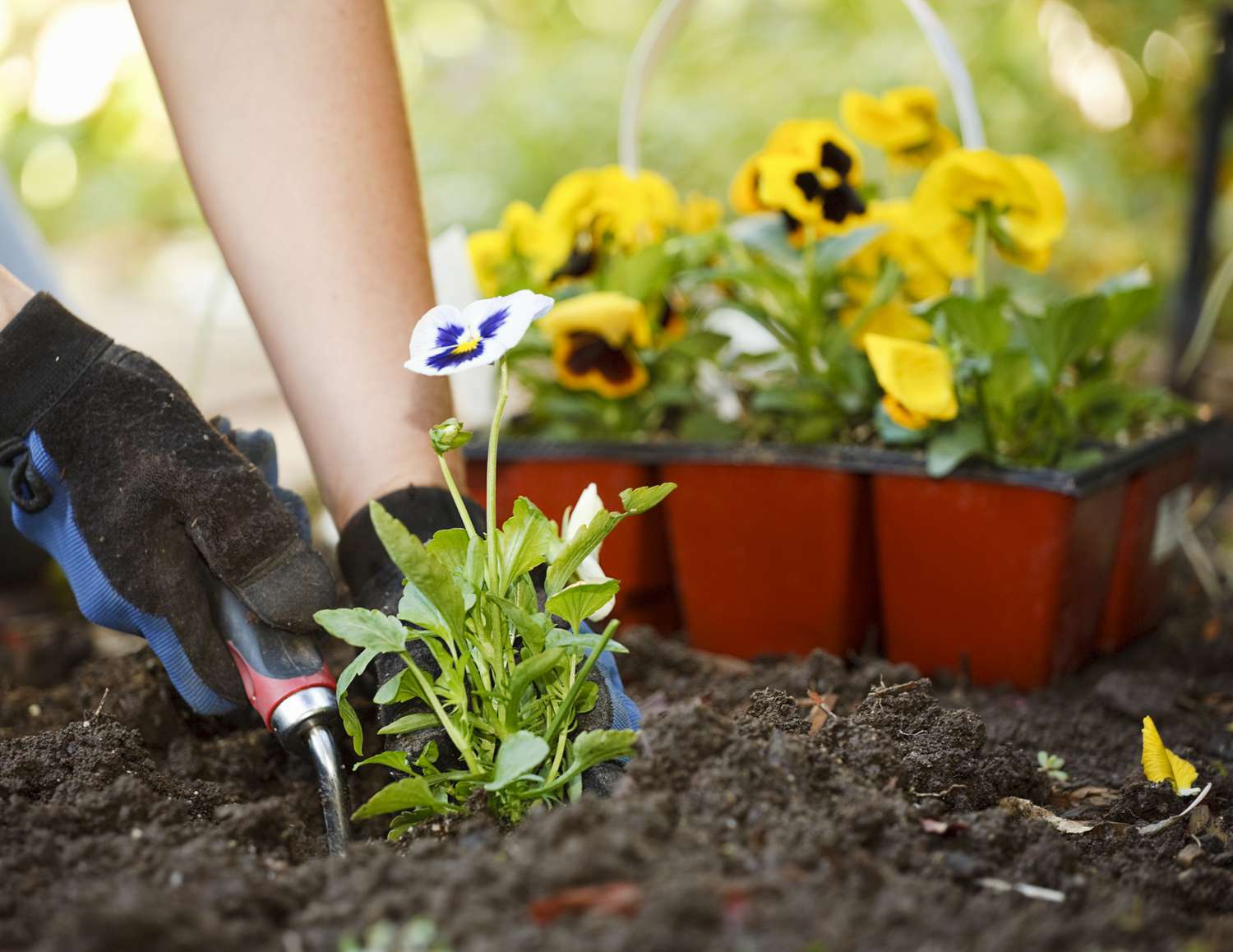
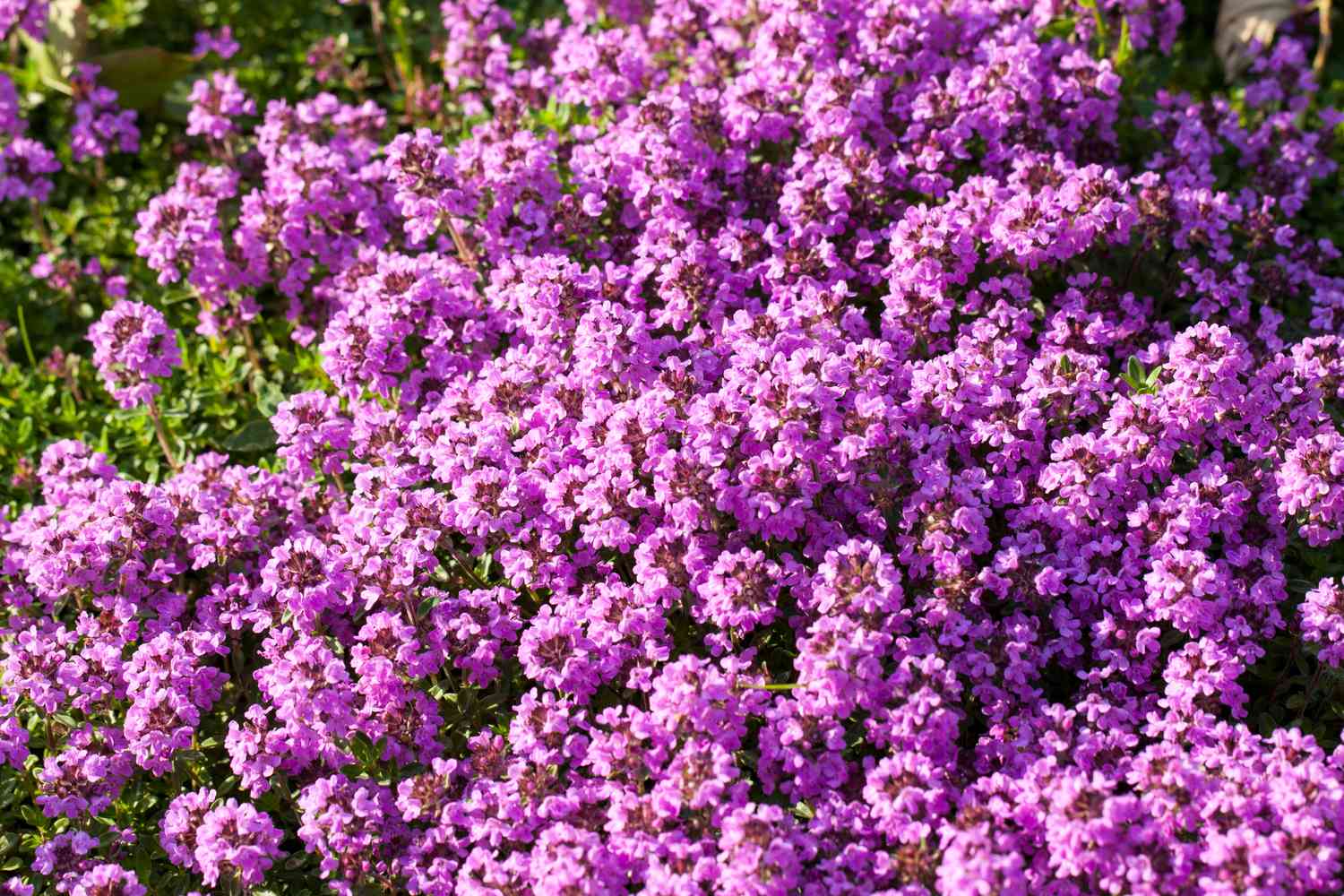
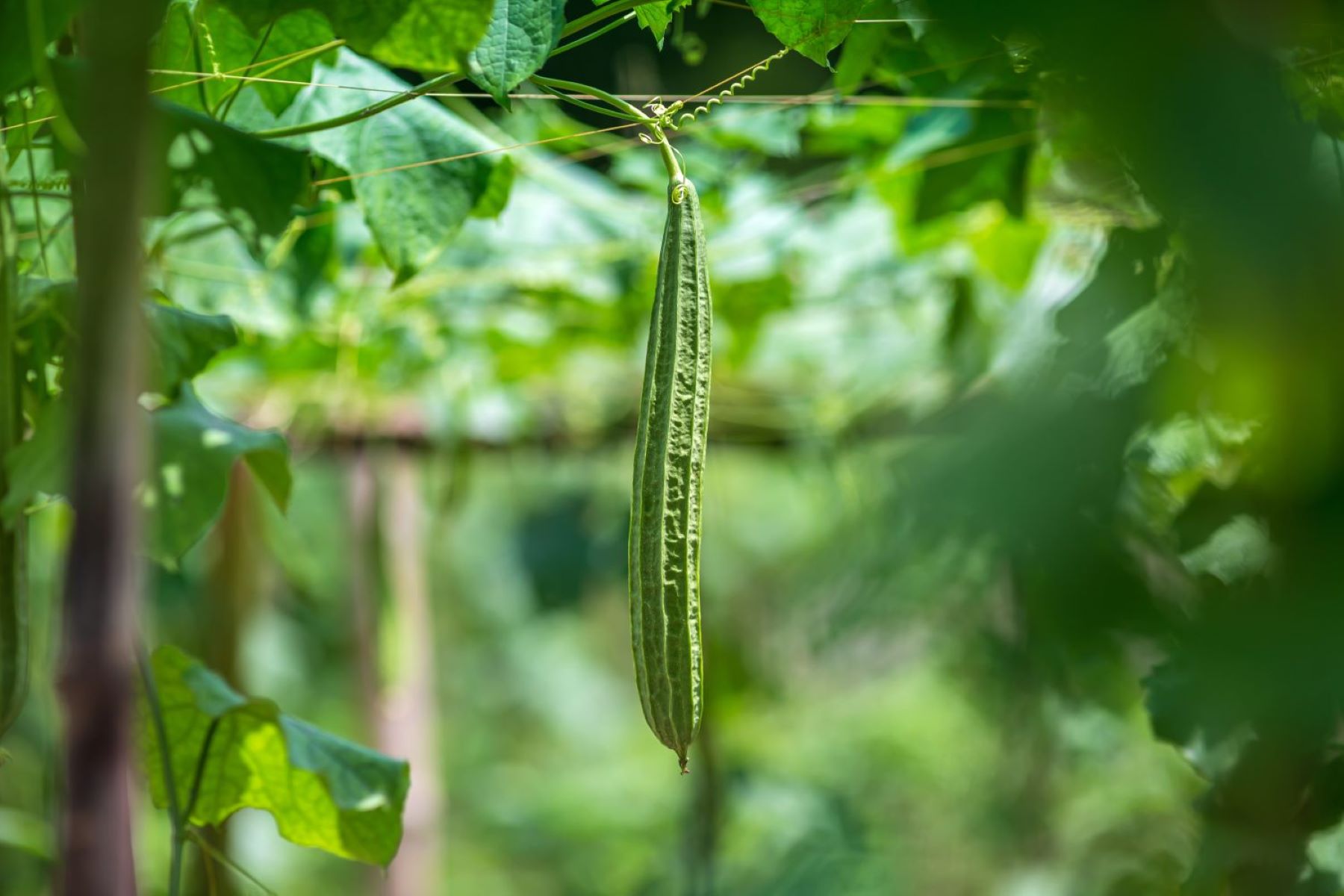


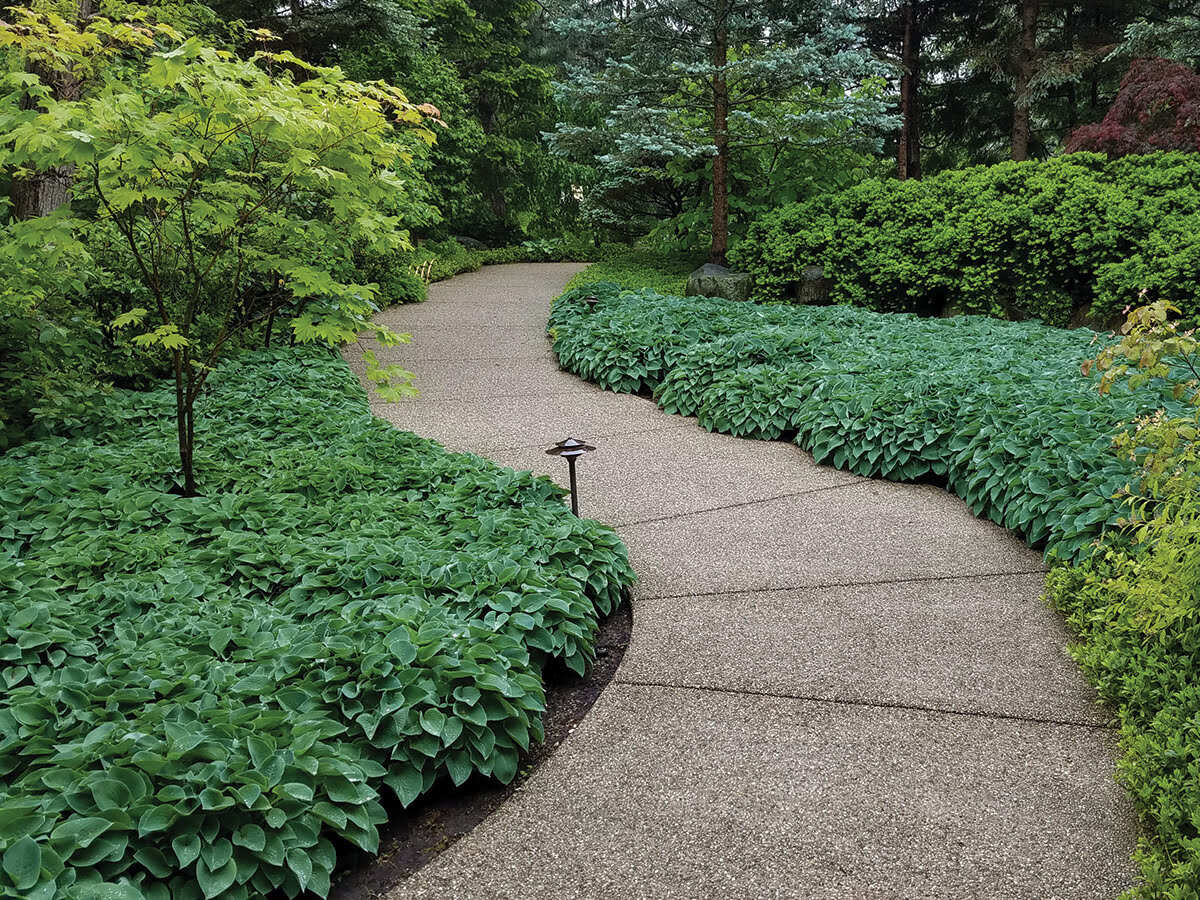
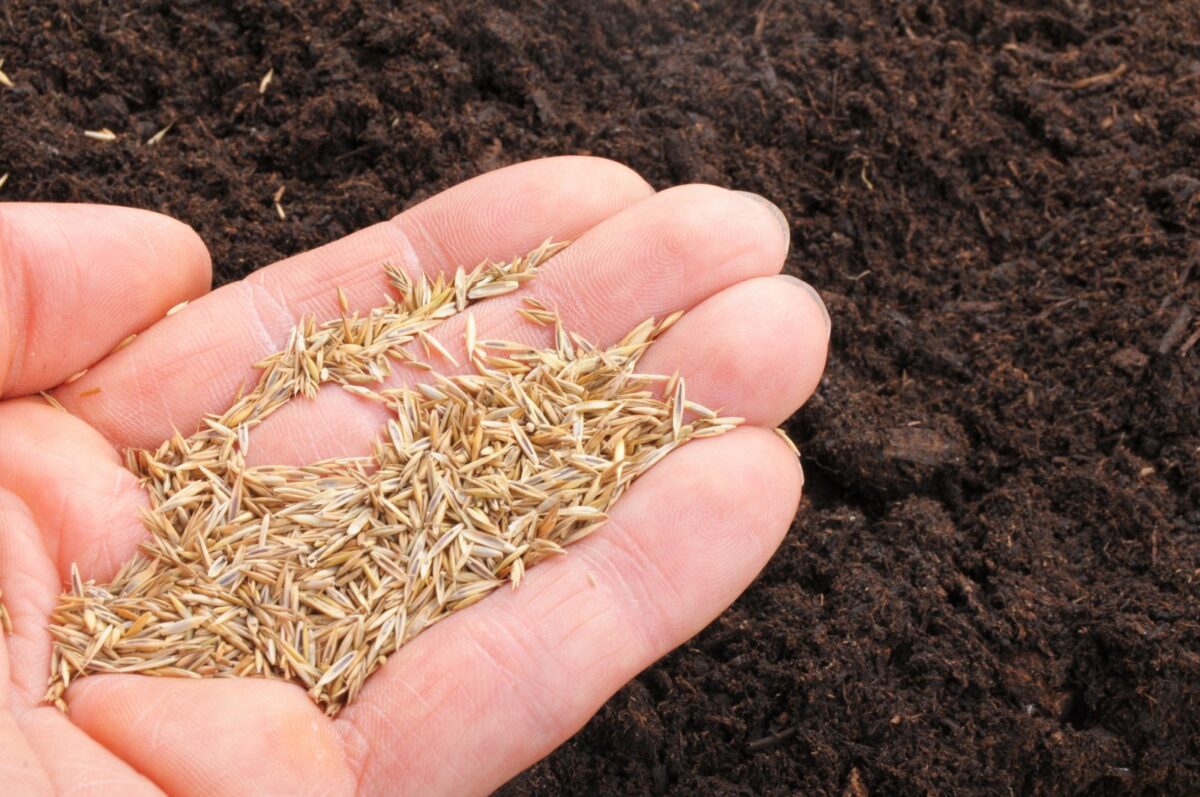
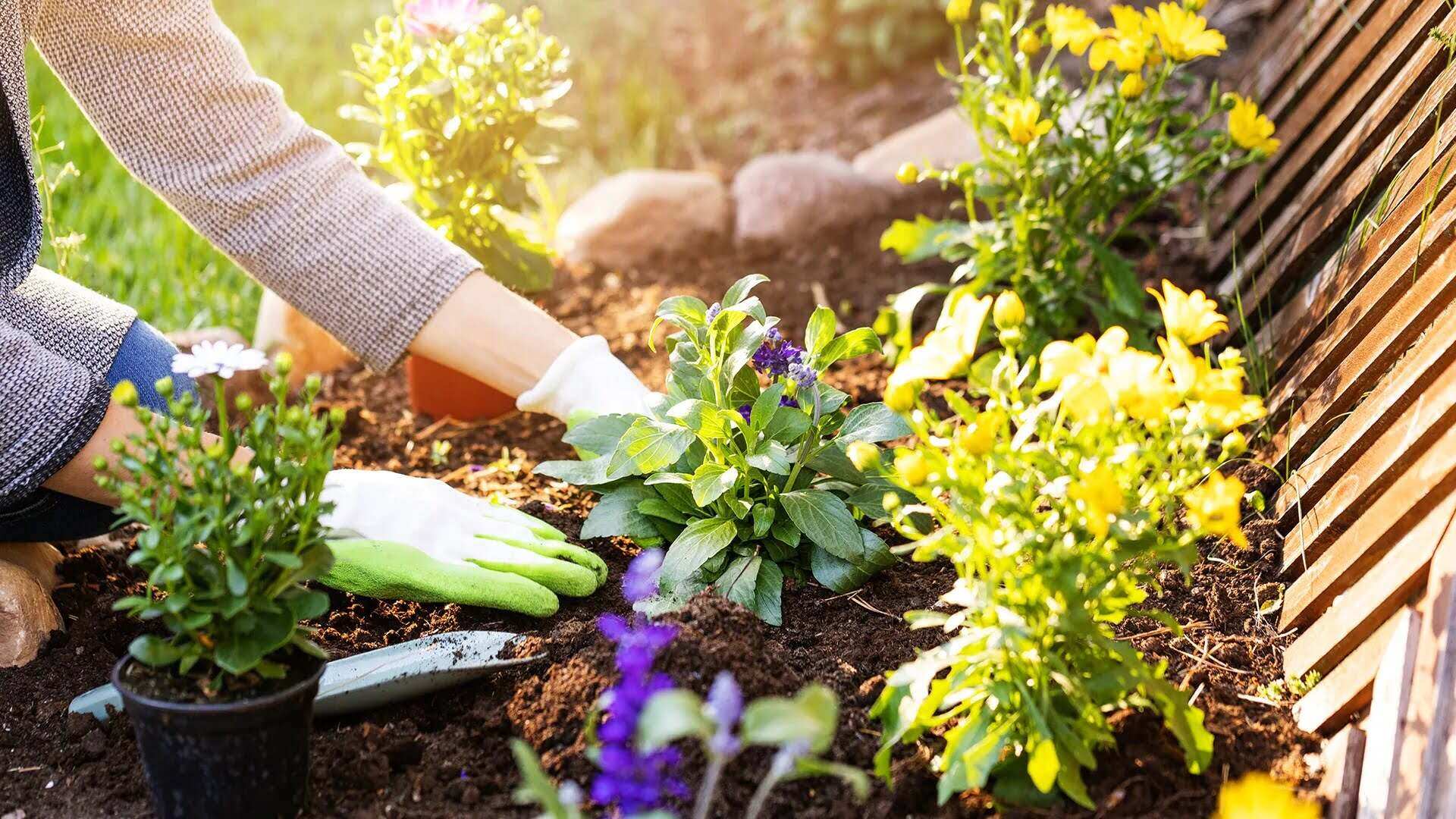
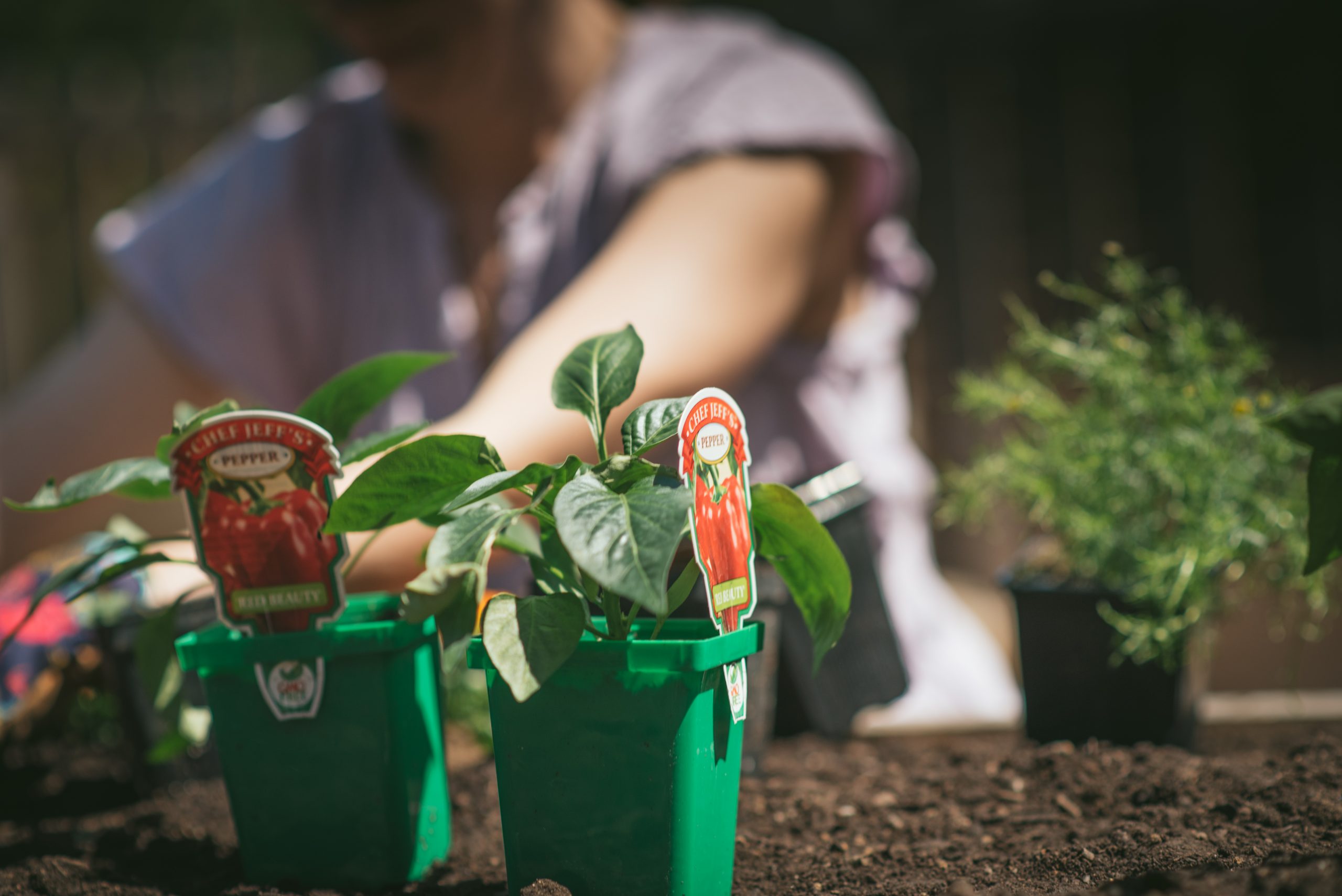
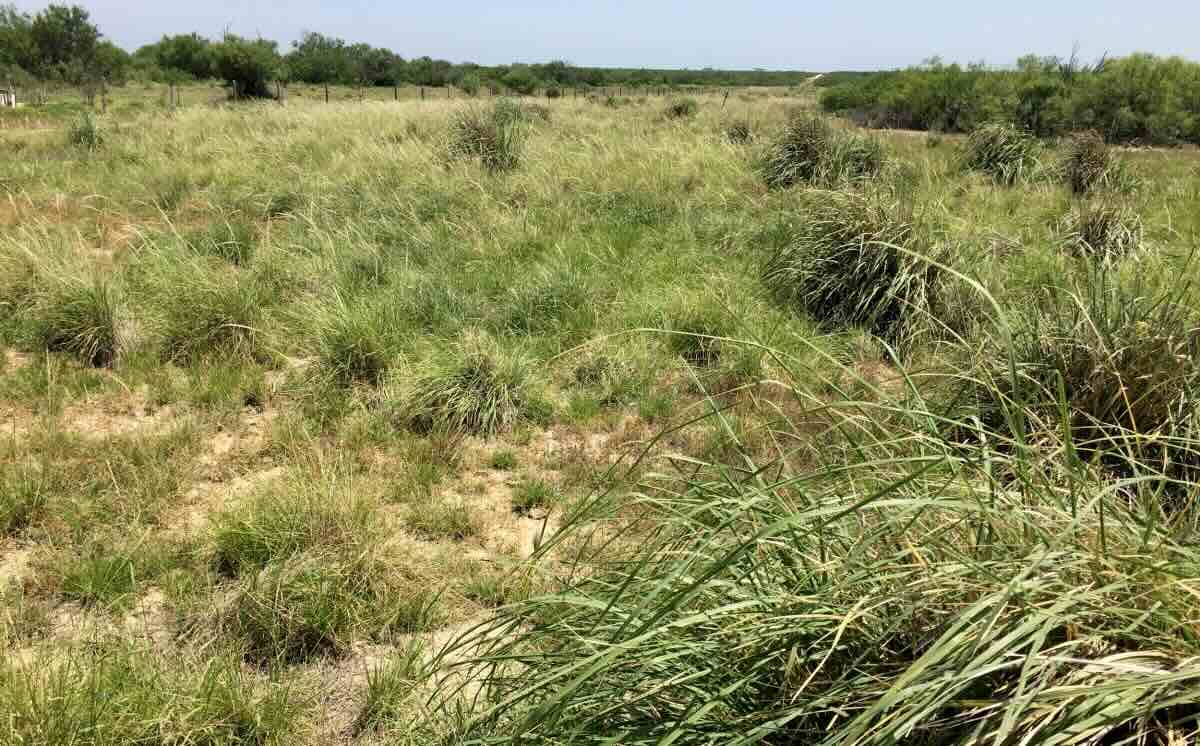
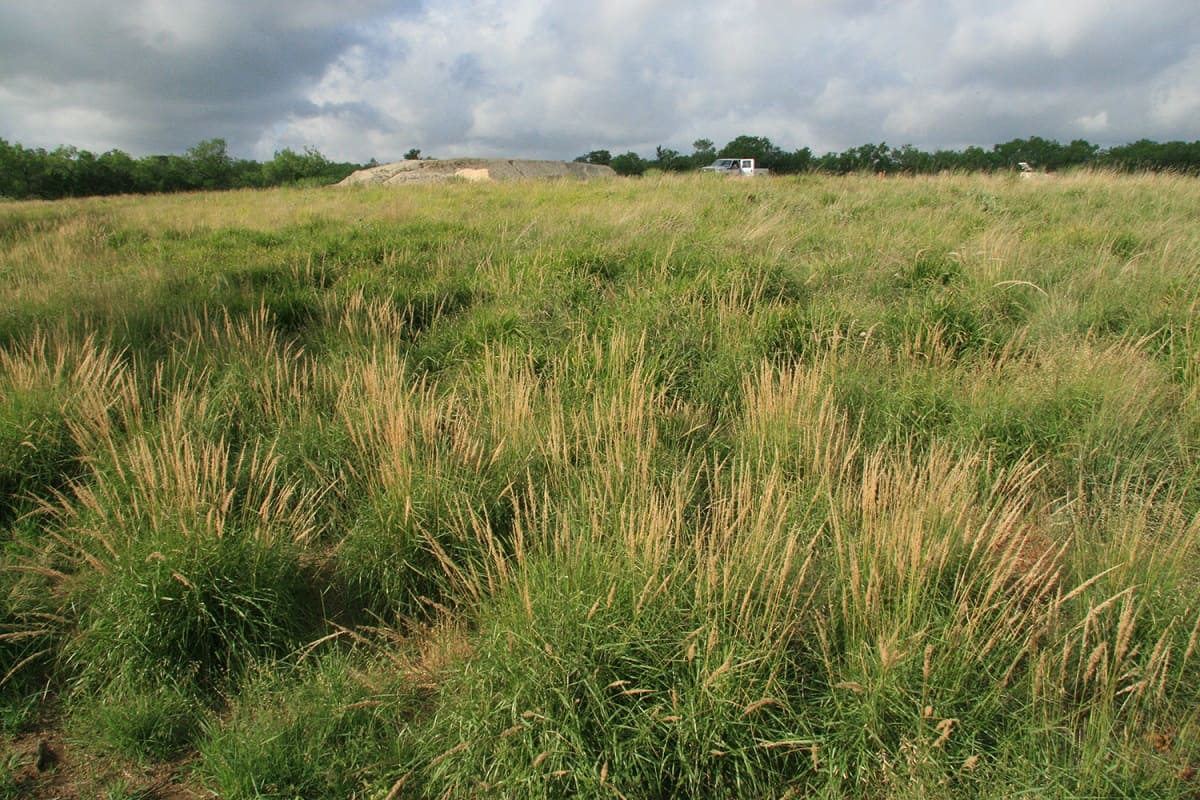
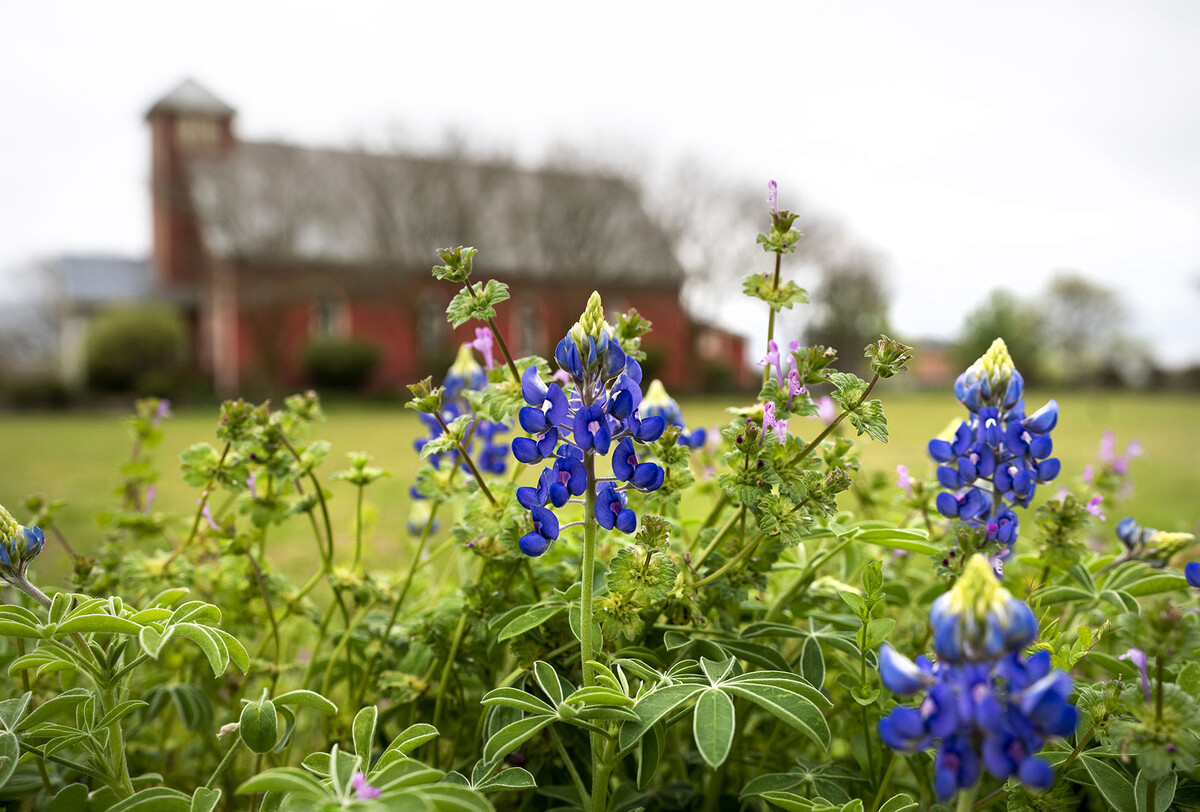
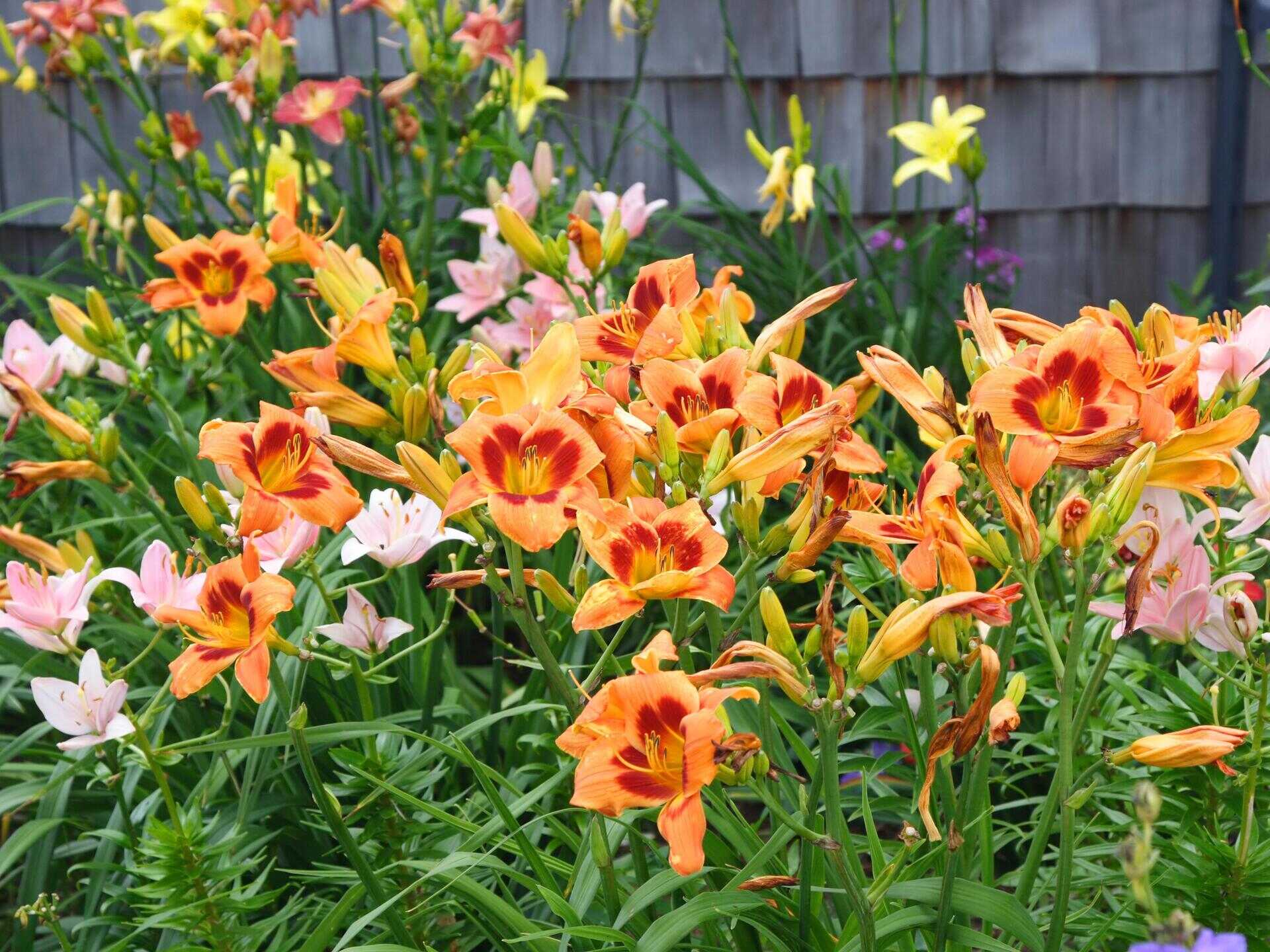
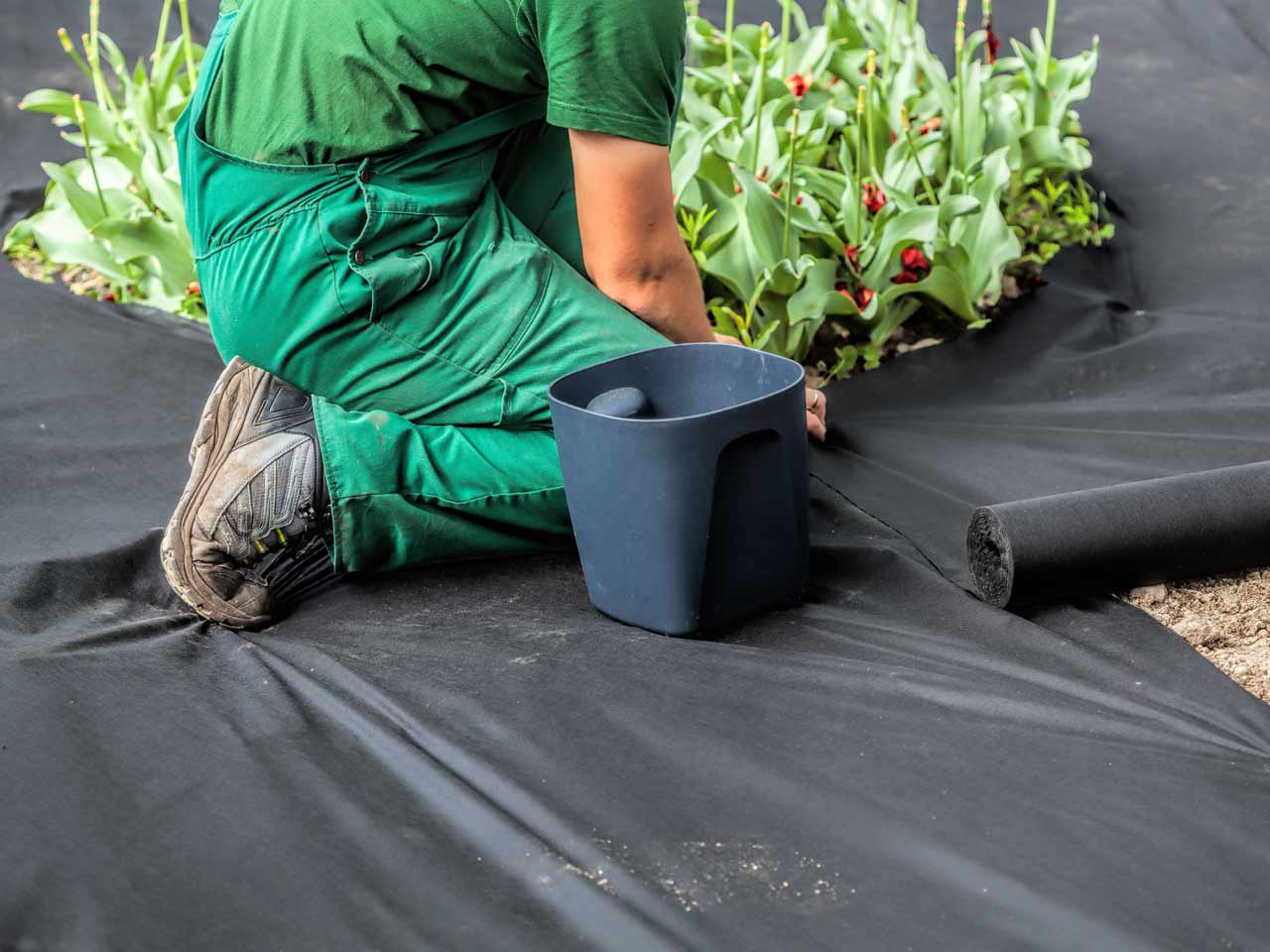

0 thoughts on “When To Plant Ground Cover In Texas”